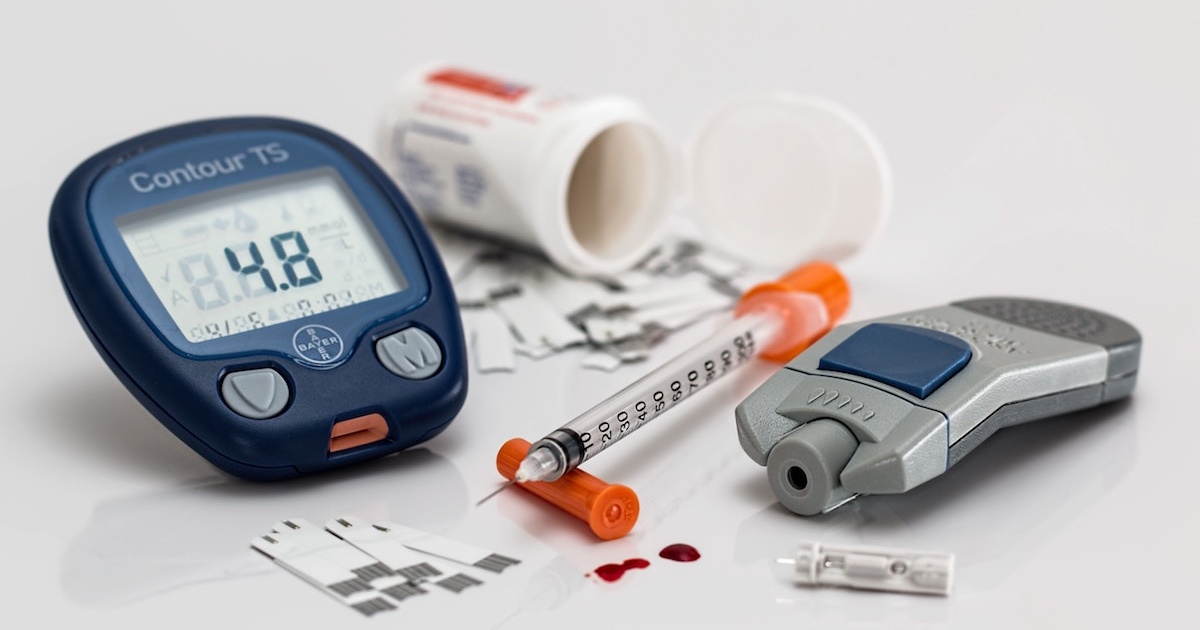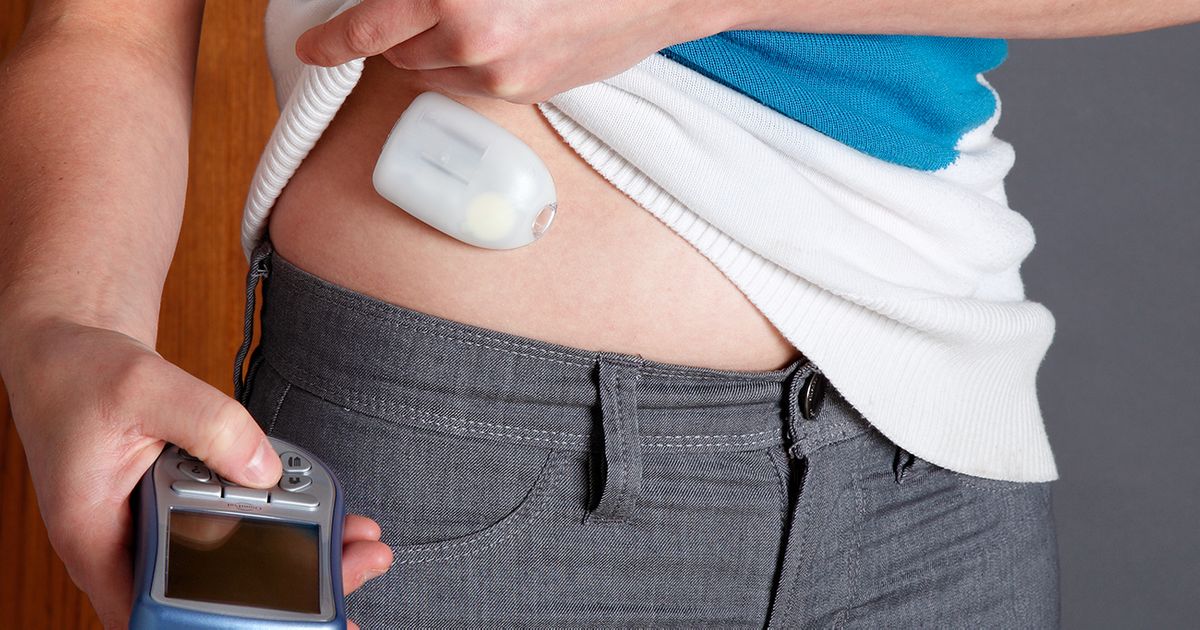What Is An Insulin Pump And How Does It Work?
Insulin is a glucose-regulating hormone produced by the pancreas. It allows the body to utilize dietary carbohydrates for energy. Insulin is needed to transport glucose, the body’s preferred source of fuel, to cells throughout the body where it can be immediately utilized for energy or stored for later use. It is also needed to prevent blood sugar highs and lows. Some patients with diabetes need to use an insulin pump to stabilize their blood sugar levels. Learn how it works now.
What Is An Insulin Pump?

An insulin pump is a small electronic device about the size of a deck of cards or a cell phone that delivers insulin directly to the body after meals are eaten. Pumps can be worn outside of the body, or they can attach directly to the skin. They deliver insulin through a small tube or needle. Pumps can also be connected to a belt or bra, carried in a pocket or on an armband, or worn around the waist with a pump case.
Continue reading to find out who needs and uses an insulin pump.
Who Uses An Insulin Pump?

Insulin pumps are needed for individuals with diabetes who have low levels of insulin in the body or do not respond to insulin properly. Type one diabetes is a condition in which the pancreas does not make enough insulin. People with type two diabetes produce insulin but their bodies do not utilize it properly, or they do not make enough. An insulin pump is a good alternative for those who need constant insulin injections as pumps are designed to monitor blood sugar levels on their own.
Discover how an insulin pump works and how it benefits those with diabetes.
How They Work

Insulin pumps supply short-acting insulin throughout the day and night via a catheter inserted under the skin. Without an insulin pump, patients with diabetes may need to test their blood sugar levels by pricking their finger and drawing a small amount of blood. Then an insulin injection will need to be administered. An insulin pump takes the work out of monitoring blood sugar levels by supplying a continual amount as needed. After eating, a button on the insulin pump can be pushed to administer insulin when necessary.
Keep reading to reveal why an insulin pump is used.
Why Use It?

Insulin pumps are designed to mimic the pancreas by slowly releasing insulin levels. The body might better tolerate this method as opposed to administering one injection per day. Insulin pumps can be programmed like a computer, meaning insulin levels do not need to be measured before being administered. They can also be set to inject more insulin if a big meal is eaten or prevent insulin from being administered if is not needed. Insulin pumps can be hidden under clothing and worn discretely.
Uncover how to place the pump properly on the body now.
How To Place The Pump

Insulin pumps come with many available options for how to place it. They can be attached directly to the skin and hidden under clothes, or worn on belts and attached to the skin via a tube. Insulin pumps can be clipped on to clothing or attached directly to the stomach, arms, buttocks, or thighs. Pumps can be attached to the front of the chest or on sports bras for women during exercise using an adhesive.
Next, learn the different types of pumps available for patients.
Types Of Pumps

Although a variety of insulin pumps are available, there are two main types. A traditional insulin pump has a container of insulin and a pumping mechanism that attaches to the body with an infusion set. It contains buttons that can be pushed to allow the pump to deliver insulin and stop the infusion if needed. An insulin patch pump comes with a small case of a reservoir of insulin, an infusion set and a pumping mechanism worn directly on the body and is controlled wirelessly by a separate device.
Explore the various parts of an insulin pump, next.
Parts Of An Insulin Pump

Most pumps contain three main sections. The pump is usually battery powered and comes with a container of insulin, a pumping action, and a touch screen or buttons to install delivery options. Next, a thin plastic tube called a catheter connects the pump to the body where insulin can be directly administered. Lastly, an infusion set made of steel or Teflon attaches to the skin of the stomach with an adhesive patch to directly inject insulin.
Continue reading to unveil the numerous types of infusion sets available today.
Types Of Infusion Sets

There are two main types of infusion sets. An angled set is inserted to the surface of the skin on a thirty to forty-five-degree angle. Angled sets have longer tubes connecting the device to the skin and are ideal for thinner people as they can monitor the device for infection or redness at the insertion site. A straight set is inserted to the surface of the skin at a ninety-degree angle. They have shorter tubes and are preferred by people who have a problem with needles.
Understand what pump patch parts are and how they work now.
Pump Patch Parts

A pump patch contains three main sections including an insulin reservoir or container, a pumping mechanism, and a cannula, or a tube. Unlike traditional pumps, pump patches are confined to one case without tubing and are worn directly on the body. They are attached with a self-adhesive, and the tubes are automatically inserted into the skin by using a remote device to activate the programming. Patch pumps need to be replaced every three days.
Keep reading to find out how to safely disconnect the device now.
How To Safely Disconnect

Disconnecting an insulin pump might be necessary for some instances, such as showering. Keep in mind that the pump will not administer insulin when it is disconnected. Never disconnect a pump for more than two hours as this may lead to a condition known as diabetes ketoacidosis in which there is an abnormal amount of ketones in the blood. Ketones are produced when the body does not create enough insulin and uses fat as fuel. Elevated ketone levels in diabetic patients may require immediate attention.
